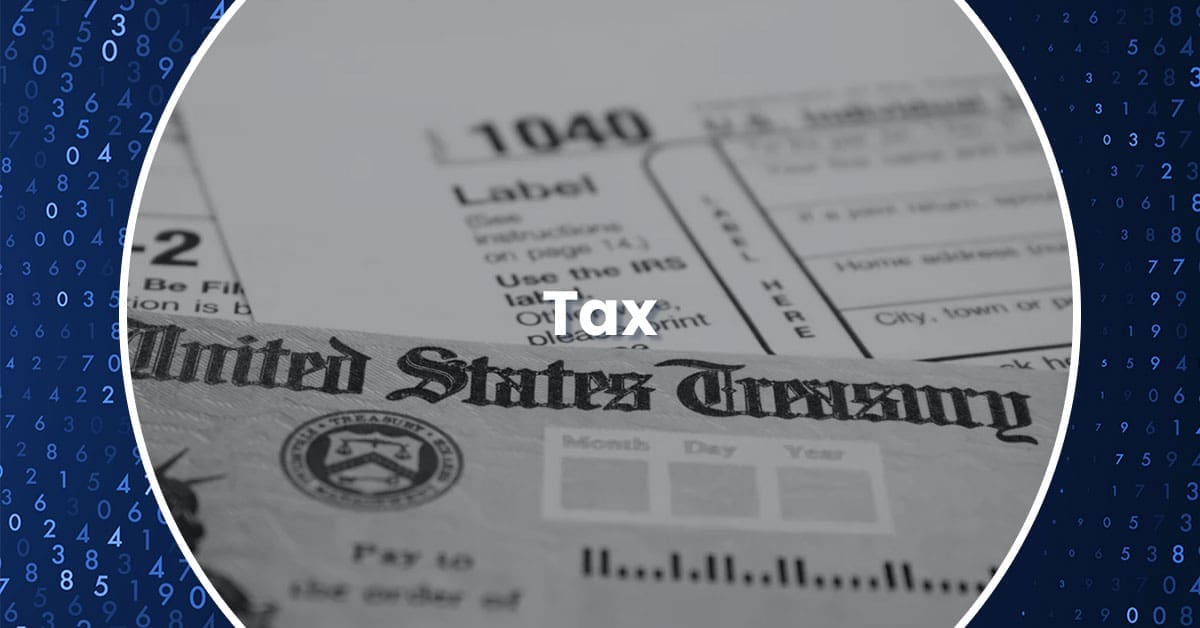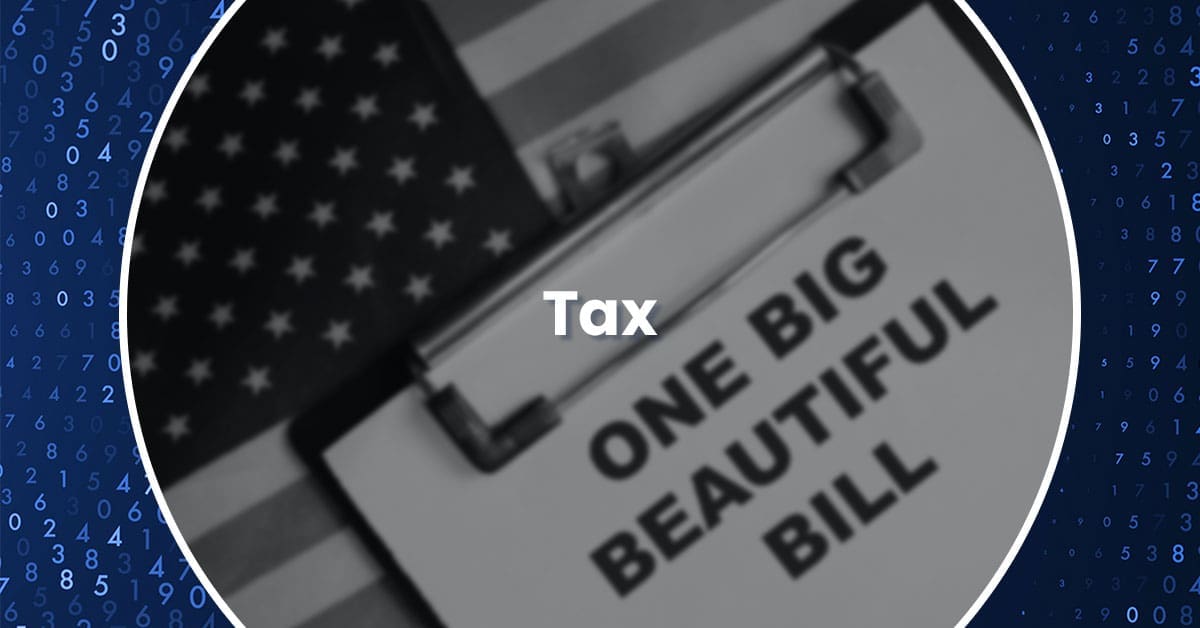The IRS just announced a major change that will affect millions of taxpayers. Starting September 30, 2025, the agency is phasing out paper tax refund checks for individual taxpayers, marking the beginning of a broader shift to electronic payments.
This transition stems from Executive Order 14247, which mandates that federal agencies modernize their payment systems. While most taxpayers already receive refunds electronically, about 6.5 million individuals still get paper checks in the mail. That’s about to change.
Understanding what this means for your tax situation and taking action now can save you time and hassle when tax season arrives.
Here’s everything you need to know about the transition and how to prepare for it.
Why the IRS Is Making This Change to Tax Refund Checks
The move to electronic payments isn’t just about modernization—it addresses real problems that affect taxpayers every day.
Security concerns top the list. Paper checks are over 16 times more likely to be lost, stolen, altered, or delayed than electronic payments. When tax refund checks get lost in the mail or stolen from your mailbox, recovering that money becomes a lengthy process involving the IRS and the Treasury Department.
Speed matters too. Electronic refunds provide taxpayers with faster access to refunds, with payments issued in under 21 days if filing electronically, choosing direct deposit, and there are no issues with the return. In contrast, non-electronic payments may take 6 weeks or longer for refunds sent by mail.
Cost efficiency also drives the decision. Electronic payments are more efficient and cost less than paper. These savings allow the IRS to allocate resources to other taxpayer services.
The numbers support this shift. During the 2025 tax filing season, the IRS issued more than 93.5 million tax refunds to individual income tax filers, with 93% of those, or nearly 87 million refunds, issued through direct deposit. Only 7 percent of individual refund recipients received their refunds by check through the mail.
What Changes for Individual Taxpayers
The good news? Filing stays the same: Taxpayers should continue to file their returns as they usually would, using one of the existing filing options.
Most refunds will be delivered by direct deposit or other secure electronic methods. This requires providing your bank’s routing number and your account number on your tax return.
Options such as prepaid debit cards, digital wallets, or limited exceptions will be available for taxpayers who do not have traditional bank accounts. The Direct Express Prepaid Debit Card is already available to receive digital payments from federal agencies if you don’t have a bank account.
Limited exceptions will exist for taxpayers who can demonstrate genuine hardship or lack access to banking services. However, the IRS encourages all taxpayers to explore electronic options before seeking exceptions.
International complications require attention. Taxpayers living abroad face a unique challenge because the IRS doesn’t allow direct deposit to foreign bank accounts—even foreign branches of U.S. banks. These taxpayers may need to rely on temporary exemptions while the IRS develops international electronic transfer capabilities.
Timeline and Implementation Details
The transition officially begins on September 30, 2025, but the full impact will not be felt until the 2026 filing season, which starts in January.
Current filers aren’t immediately affected. Taxpayers should continue using existing forms and procedures, including those filing their 2024 returns on extension of a due date before December 31, 2025.
Tax year 2025 returns mark the real change. The IRS will publish detailed guidance for 2025 tax returns before the 2026 filing season begins. When you file your 2025 return in early 2026, electronic payment will be the standard method for receiving refunds.
Business taxpayers get more time. The current announcement focuses only on individual taxpayers. Executive Order 14247 also applies to payments made to the IRS. Taxpayers should continue to use existing payment options until further notice. Business refunds and payments will transition later, with guidance to be provided before the 2026 filing season.
Broader federal impact: This change affects more than just tax refunds. Generally, after September 30, 2025, the Treasury Department has said that all federal agencies will cease sending and receiving tax refund paper checks as a form of payment. This includes Social Security benefits, Medicare payments, and other federal programs.
Steps to Take Now
Don’t wait until next tax season to prepare. Taking action now ensures a smooth transition and faster access to your refund.
Verify your banking information. Retrieve your most recent bank statement and confirm that you are familiar with your bank’s routing number and account number. Many refund delays happen because taxpayers provide incorrect banking details.
Consider opening a bank account if you don’t have one. The Federal Deposit Insurance Corporation’s GetBanked website (FDIC.gov/getbanked) and MyCreditUnion.gov help you find free or low-cost checking accounts. Veterans can use the Veterans Benefits Banking Program to find participating financial institutions.
Explore prepaid card options. If traditional banking doesn’t work for your situation, research prepaid debit card programs. The Direct Express card, already used for Social Security and other federal benefits, serves as a model for distributing tax refunds.
Update your tax software or inform your preparer. Ensure that whoever handles your taxes is aware of the change and can assist you in setting up direct deposit correctly.
Keep records of banking changes. If you switch banks or open new accounts, document these changes for easy reference during tax preparation.
Enhanced Customer Service and Technology Solutions
The IRS has been investing heavily in customer service improvements to support this transition:
Virtual Assistance: During the 2025 filing season, the IRS will offer voicebot services to all taxpayers calling the IRS for refund information. The voicebot is available in English and Spanish, and has helped thousands of callers without requiring them to wait for the next available representative.
Online chatbots: The IRS began using online chatbots for various functions. These chatbots use either guided help through choice buttons or an open text box for a customized question. The chatbots utilize natural language processing and understanding to interpret input from taxpayers and provide an appropriate response.
Mobile-friendly forms: Taxpayers can now access 67 forms on cell phones and tablets. The most recent forms feature “save and draft” capabilities, which allow taxpayers to start a form, save it, and return to it later.
Addressing Concerns for Vulnerable Populations
Unbanked populations face the most significant hurdles. Millions of Americans lack access to traditional banking services due to minimum balance requirements, fees, or past banking problems.
The IRS acknowledges this challenge and is developing multiple solutions:
- Prepaid debit cards similar to the existing Direct Express program
- Digital wallet options for smartphone users
- Hardship exceptions for those who can demonstrate genuine need
Senior citizens receiving Social Security checks may be particularly affected. Medicare premiums can be affected by the September 30 deadline if you currently pay your premiums by direct deduction from a paper Social Security check. These taxpayers should contact the Social Security Administration to set up electronic payment methods.
Rural and underserved communities with limited internet access may face technology barriers. An estimated 15 percent of Americans rely solely on mobile phones for their Internet access—they do not have broadband at home—and making forms available in mobile-friendly formats is key to serving these taxpayers.
Potential Challenges and Professional Concerns
Tax professionals and advocacy groups have raised several concerns about the implementation:
Customer service capacity: The IRS will need dedicated resources to handle lost, stolen, or misdirected electronic refunds. Electronic payment problems can be more complex to resolve than replacing a lost paper check, potentially straining an already overwhelmed customer service system.
Prepaid card logistics: Unlike monthly Social Security payments, tax refunds happen once per year. This may require the annual reissuance of prepaid cards, potentially incurring costs comparable to those of paper checks while creating new administrative burdens.
Technology barriers: Not everyone has reliable internet access or the necessary smartphone capabilities for managing digital wallets. Rural and elderly populations may be disproportionately affected.
Identity verification: Electronic systems require more sophisticated identity verification, which could create additional hurdles for legitimate taxpayers while combating fraud.
Preparing for IRS Modernization
This refund change is part of a broader effort by the IRS to modernize its operations. Using IRA resources, the IRS is launching an ambitious plan to ensure that by filing season 2024, taxpayers will be able to opt for paperless filing if they choose to do so. By filing season 2025, the IRS aims to achieve paperless processing by digitizing all paper-filed returns upon receipt.
Electronic tax payments will eventually become mandatory for most taxpayers, though the timeline remains unclear. Current payment options—including tax refund checks, money orders, and cash—will remain available until the IRS issues further guidance.
Business tax transitions will follow separately. Business taxpayers should monitor IRS announcements for specific timelines and requirements for both refunds and payments.
State agencies may adopt similar policies. While this change affects only federal tax refunds, state revenue departments often follow IRS practices. Check with your state tax agency about potential parallel transitions.
Frequently Asked Questions
Q: What if I don’t have a bank account?
A: The IRS will offer prepaid debit cards, digital wallet options, and limited hardship exceptions. Start exploring banking options now through FDIC.gov/getbanked or MyCreditUnion.gov.
Q: Are business taxpayers affected?
A: Not immediately. This change applies only to individual tax refunds. Business taxpayer guidance will come before the 2026 filing season.
Q: What about taxpayers living overseas?
A: International taxpayers may qualify for temporary exceptions since direct deposit to foreign banks isn’t currently available. The IRS is working on international electronic transfer capabilities.
Q: Can I still file a paper return?
A: Yes, filing methods remain unchanged. Only the refund delivery method is changing.
Q: What if my electronic refund gets lost or stolen?
A: The IRS will provide customer service to resolve electronic payment issues, though specific procedures are still being developed.
Action Checklist
- Locate your bank account and routing numbers
- Open a bank account if needed (use FDIC.gov/getbanked)
- Inform your tax preparer about the changes
- Update tax software settings for direct deposit
- Document any banking changes for tax preparation
- Consider prepaid card options if traditional banking isn’t suitable
- Stay updated on IRS guidance at IRS.gov
Looking Ahead: The Future of Tax Administration
The shift from tax refund checks to electronic tax refunds reflects broader changes in how Americans manage their finances and interact with government services. From mobile banking to contactless payments, electronic transactions have become the norm for most financial activities.
For taxpayers, this change offers an opportunity to streamline their financial lives. Direct deposit refunds arrive faster, carry less risk, and provide a more accurate transaction record than paper checks. The transition challenges are real, but the long-term benefits—improved security, faster processing, and lower costs—will likely become apparent once the system is fully operational.
Key takeaway: Start preparing now by setting up electronic payment methods. The transition affects only how you receive your refund, not how you file your taxes or calculate what you owe. With proper preparation, electronic refunds should make tax season simpler and more secure.
Stay Informed and Get Expert Help
Tax law changes can be complex, and this electronic refund transition may affect your specific situation differently depending on your banking arrangements, filing status, and unique circumstances.
Follow Wiss for the latest updates on tax law changes, IRS announcements, and practical guidance to help you navigate these transitions. Our tax experts monitor regulatory changes and translate complex requirements into actionable advice for individuals and businesses.
Need personalized guidance? Contact our tax professionals at Wiss to discuss how the electronic refund transition affects your specific situation. Whether you’re concerned about banking requirements, have questions about international implications, or need help preparing for the 2026 filing season, our experienced team can provide tailored solutions and ensure you’re ready for these changes.
Don’t let tax transitions catch you unprepared. Stay connected with Wiss for ongoing updates and expert support throughout this modernization process.





 Previous
Previous






